Regulatory Support
Regulatory frameworks are increasingly favoring the Polymer Pipes Market. Governments worldwide are implementing stringent regulations aimed at improving water quality and reducing environmental impact. These regulations often promote the use of polymer pipes, which are less prone to corrosion and leaching compared to traditional materials. The market is likely to benefit from these supportive policies, as they encourage the adoption of advanced piping solutions in both residential and commercial sectors. Furthermore, compliance with these regulations can lead to cost savings in maintenance and replacement, making polymer pipes an attractive option for stakeholders. As regulatory bodies continue to emphasize sustainability and safety, the polymer pipes market is expected to expand, driven by the need for compliant and efficient infrastructure.
Technological Innovations
Technological advancements play a pivotal role in shaping the Polymer Pipes Market. Innovations in manufacturing processes, such as extrusion and injection molding, have led to the production of high-performance polymer pipes. These advancements enhance the mechanical properties of pipes, making them suitable for various applications, including water supply, sewage, and industrial uses. The introduction of smart technologies, such as sensors embedded in pipes, allows for real-time monitoring of flow and pressure, thereby improving maintenance and reducing leaks. The market is expected to witness a compound annual growth rate of 4.8% as these technologies become more prevalent. As manufacturers continue to invest in R&D, the polymer pipes market is likely to evolve, offering enhanced products that meet the demands of modern infrastructure.
Infrastructure Development
Infrastructure development is a key driver for the Polymer Pipes Market. As urbanization accelerates, the need for efficient water supply and drainage systems becomes paramount. Governments and private sectors are investing heavily in infrastructure projects, which include the installation of polymer pipes due to their lightweight and corrosion-resistant properties. The market is projected to grow at a rate of 6.1% as countries expand their infrastructure to accommodate growing populations. Additionally, the shift towards sustainable urban development further supports the adoption of polymer pipes, as they contribute to reducing water loss and improving system longevity. This trend indicates a robust future for the polymer pipes market, as it aligns with global efforts to enhance urban resilience.
Sustainability Initiatives
The Polymer Pipes Market is increasingly influenced by sustainability initiatives. As environmental concerns rise, industries are shifting towards eco-friendly materials. Polymer pipes, known for their durability and recyclability, align with these initiatives. The demand for sustainable construction practices is evident, with a projected growth rate of 5.2% in the polymer pipes segment over the next five years. This shift not only reduces carbon footprints but also enhances the overall efficiency of water and waste management systems. Companies are investing in research to develop biodegradable polymers, further driving the market. The emphasis on reducing plastic waste and promoting circular economy principles is likely to bolster the polymer pipes market, as stakeholders seek solutions that meet regulatory standards and consumer expectations.
Rising Demand in Agriculture
The rising demand for efficient irrigation systems is significantly impacting the Polymer Pipes Market. As agricultural practices evolve, there is an increasing need for reliable and durable piping solutions that can withstand various environmental conditions. Polymer pipes, known for their flexibility and resistance to chemicals, are becoming the preferred choice for irrigation and drainage applications. The market is anticipated to grow by 5.5% as farmers seek to optimize water usage and enhance crop yields. Additionally, the integration of polymer pipes in modern agricultural practices supports sustainable farming by reducing water wastage. This trend indicates a promising future for the polymer pipes market, as it aligns with the global push towards food security and sustainable agriculture.


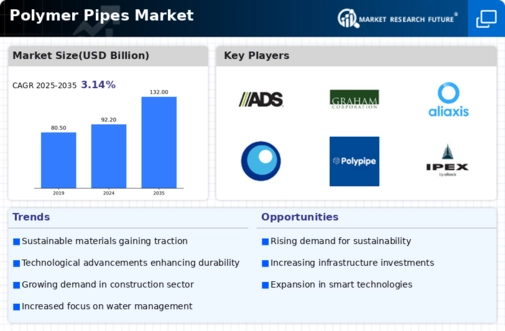
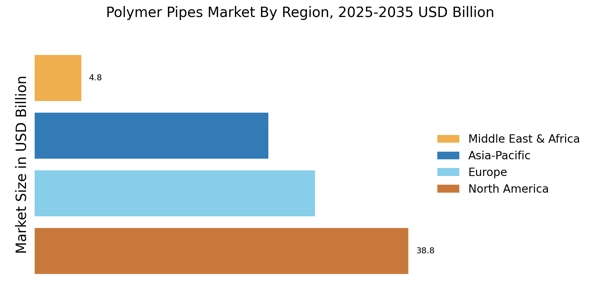

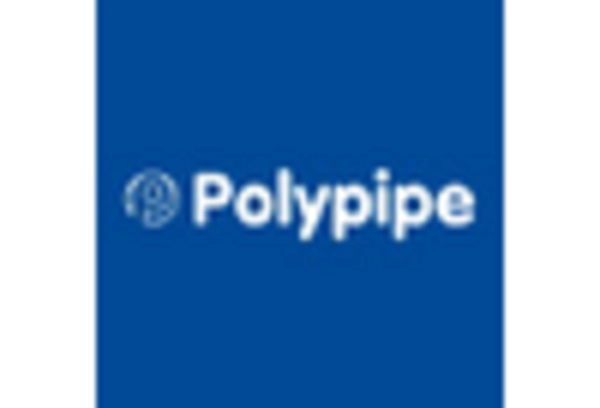
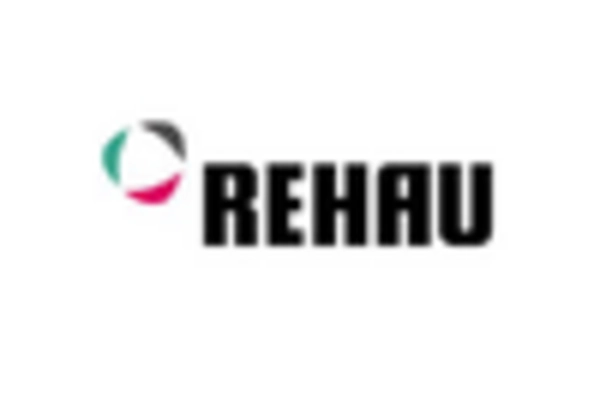
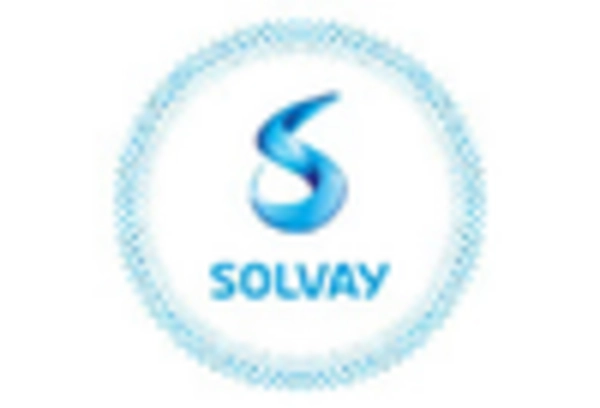










Leave a Comment